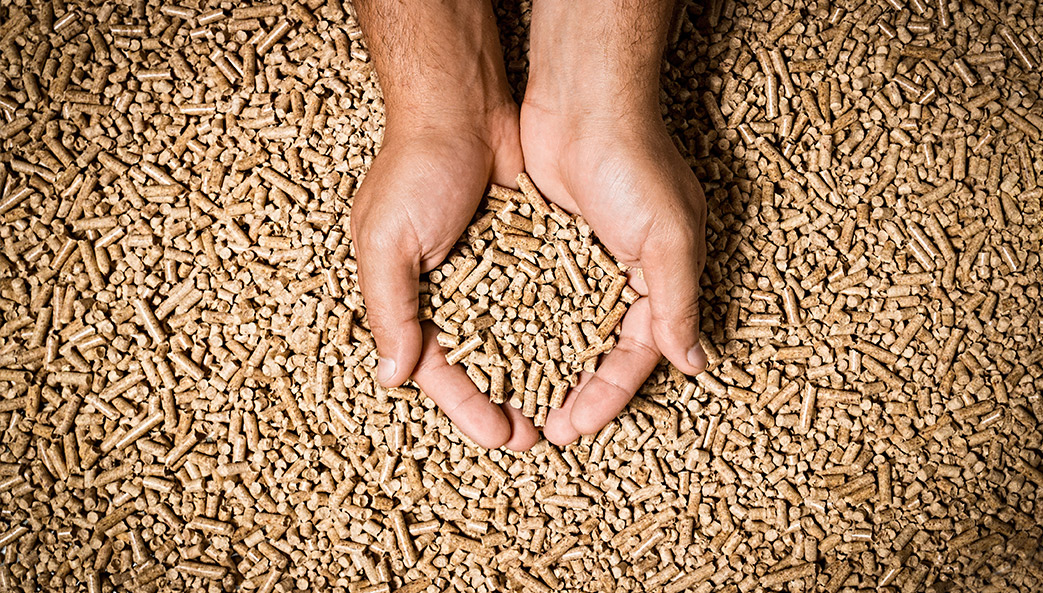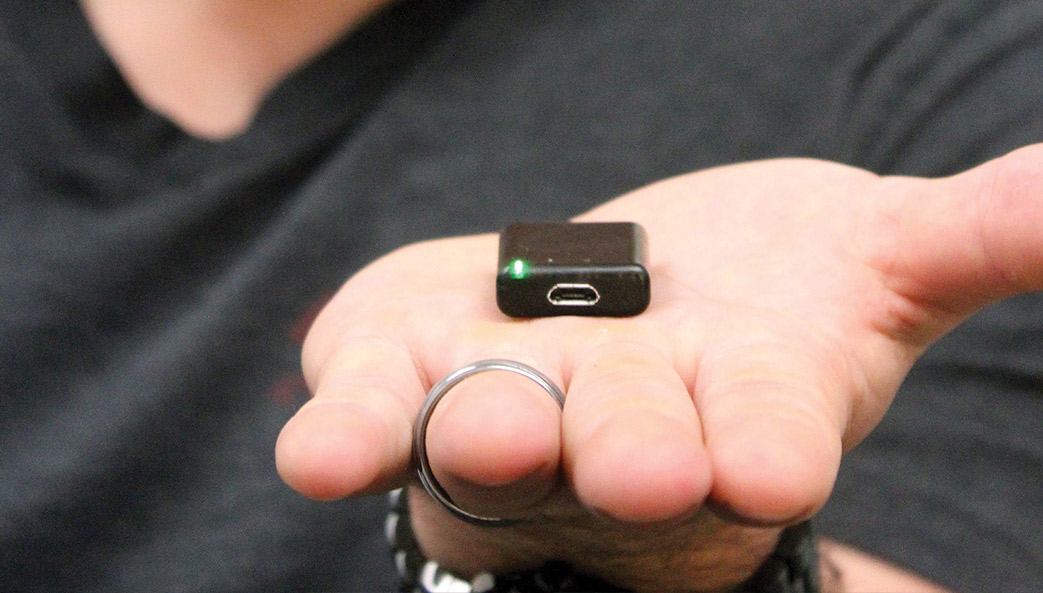If the U.S. wants to scale up the use of wood pellets to produce energy, either the government or power customers will have to pay an extra cost, according to UGA research published in Energy Economics.
Right now, “it’s just not economically feasible to use wood pellets in energy production,” says Bin Mei, associate professor of forest resource finance and economics in the Warnell School of Forestry and Natural Resources.
Wood pellets are used heavily in European power plants because of a mandate to cut fossil fuel emissions, according to Mei, but that energy production is heavily supported by government subsidies.
U.S. energy providers could switch to a “co-firing” method—where a power plant burns both coal and wood pellets, switching between the two. But that would entail significant financial outlays—primarily from buying the pricier wood pellets. If a government subsidy won’t pay for the extra costs, then consumers would have to pick up the tab, Mei says.
In the U.S., most power plants use fossil fuels to produce electricity. But these fuels—particularly coal—emit high levels of carbon dioxide and other pollutants. The European Union has taken the lead on worldwide efforts to switch to burning biomass instead of coal, and the U.S. is exporting about 4.8 million metric tons of wood pellets to Europe to help them meet their power demands.
Despite the environmental benefits of biomass, U.S. electricity producers can’t simply abandon their coal-fired plants, Mei says. Those plants represent huge capital investments and are designed to last decades. But they can be modified to burn some biomass, and wood pellets are one of the easiest things to switch to, he says.
Mei and co-author Michael Wetzstein of Purdue University looked at the fluctuating coal and wood pellet prices and concluded that producing power with a mixture of coal and wood pellets simply isn’t generally a commercially viable option. Based on historical price data, “the price pairs fall into the switch-to-coal region, meaning that it is not economical to co-fire wood pellets with coal because the mixed fuel cost increases with the share of wood pellets,” Mei says.
The researchers did find, however, that there would be times when converting plants to co-fire with wood pellets would be triggered. All of these scenarios would require that the power-generating company recoup its additional costs somehow—either from a government subsidy or by imposing an extra fee on customers. The government would have to pay $8 billion to prompt power plants to convert to using both coal and wood pellets, and $2.7 billion to retain current co-firing power plants, Mei says.
“These numbers are roughly comparable to the subsidies and tax credits for solar and wind energy on a per unit basis,” he says. “Renewable energy policies should give equal priorities to wood pellets co-firing as to solar and wind energy in the U.S.”
This story appeared in the spring 2018 issue of Research Magazine. The original press release is available at https://news.uga.edu/biomass-produced-electricity-in-the-us-possible-but-itll-cost/.






